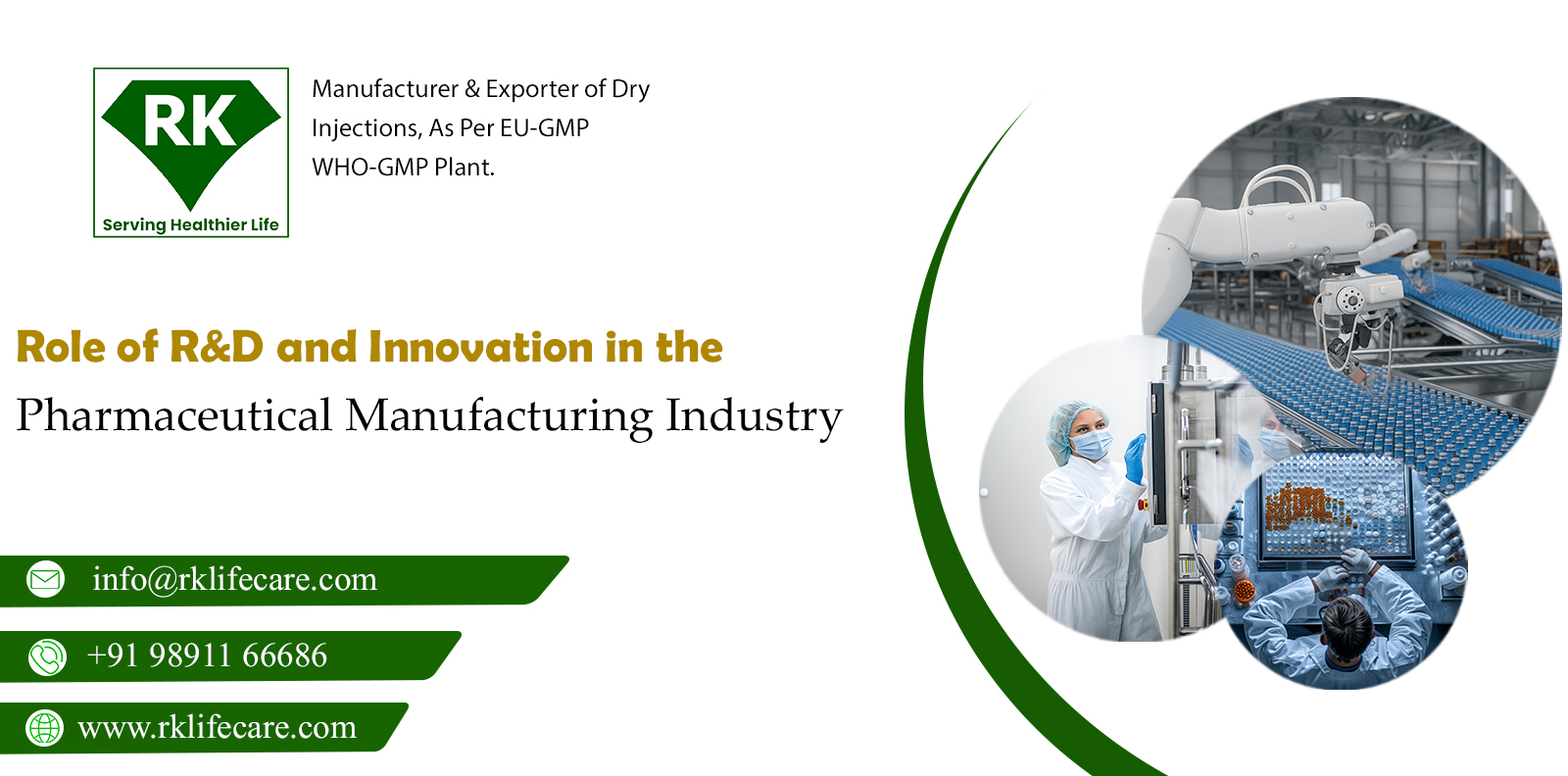
Research and development (R&D) and innovation are vital to the pharmaceutical manufacturing industry. They drive progress, improve healthcare outcomes, and help companies remain competitive in a changing global market.
R&D is important for discovering new drugs and improving existing ones. It meets medical needs, ensures product quality, and keeps up with regulations.
Innovation uses these research insights to create practical solutions ready for the market, benefiting both human and veterinary health.
1. Foundation of Drug Discovery and Development
R&D is the starting point for every new pharmaceutical product. The process begins by identifying potential compounds that can treat specific diseases or conditions.
Scientists explore molecular structures, biological targets, and disease mechanisms to design and synthesize new drug candidates.
Through rigorous pre-clinical and clinical trials, these compounds are tested for safety, effectiveness, and stability.
The success of a pharmaceutical manufacturer largely depends on how well it can develop new and improved formulations.
Continuous investment in R&D allows companies to introduce new therapies that tackle complex diseases like cancer, diabetes, and antimicrobial resistance. Without strong R&D, the pipeline of new medicines would dry up, stopping progress in global healthcare.
2. Improving Formulations and Drug Delivery Systems
Innovation in drug delivery is one of the most important areas of pharmaceutical research and development.
Manufacturers do not just focus on creating new molecules; they also work on improving existing drugs to make treatment easier for patients and to get better results.
For instance, innovations like sustained-release tablets, lyophilized dry powder injections, and nanoparticle-based delivery systems increase bioavailability and reduce side effects.
Pharmaceutical manufacturers, especially those that make injectables, continuously improve formulation stability, packaging materials, and reconstitution times.
Research and development teams make sure that products stay effective in various environmental conditions while keeping sterility and potency intact. These improvements not only enhance therapeutic effectiveness but also build a company’s reputation for quality and reliability.
3. Ensuring Quality, Safety, and Regulatory Compliance
Every pharmaceutical product must follow strict global standards set by organizations like the WHO, USFDA, and EMA.
R&D departments play a key role in developing analytical methods, validating manufacturing processes, and ensuring compliance with Good Manufacturing Practices (GMP).
They work closely with quality assurance teams to create product specifications, testing protocols, and documentation systems.
Innovative analytical technologies, such as high-performance liquid chromatography (HPLC) and mass spectrometry, allow precise assessment of product purity and stability.
Continuous process improvement through R&D makes sure that manufacturing lines produce consistent, high-quality medicines. This meets regulatory requirements and builds trust among healthcare professionals and patients.
4. Driving Cost Efficiency and Process Optimization
Innovation in manufacturing technologies helps pharmaceutical companies improve efficiency, lower production costs, and cut waste.
New R&D projects focus on developing cost-effective synthesis routes, optimizing fermentation or purification methods, and using automation and AI-driven monitoring systems.
For example, the adoption of continuous manufacturing, an innovative approach that replaces traditional batch processing, allows for real-time quality control, faster production, and less resource use.
These innovations particularly benefit large-scale producers and contract manufacturers, helping them provide high-quality medicines at competitive prices.
5. Sustainability and Green Chemistry
The modern pharmaceutical industry is adopting sustainable practices, and R&D is central to this change. Green chemistry principles focus on creating manufacturing processes that lower environmental impact, cut down hazardous waste, and use renewable resources.
By developing eco-friendly solvents and energy-efficient production methods, R&D teams help create a more sustainable and responsible manufacturing system.
6. Meeting Emerging Healthcare Needs
Global health challenges, such as pandemics, antibiotic resistance, and chronic diseases, require quick and effective responses from the pharmaceutical industry.
A strong R&D framework helps companies react swiftly to these new needs. The COVID-19 pandemic showed how faster research and new vaccine technologies could save millions of lives.
Likewise, antimicrobial resistance (AMR) has driven R&D to create next-generation antibiotics and combination therapies.
For manufacturers of injectable formulations, ongoing R&D keeps essential medicines available, stable, and effective, even under tough conditions. This responsiveness benefits public health and improves the company’s global presence.
7. Competitive Advantage and Global Collaboration
Innovation is a major factor in competitiveness in the pharmaceutical market. Companies with solid R&D abilities can set their products apart, protect their intellectual property, and enter international markets.
Working together with academic institutions, government bodies, and biotech startups speeds up innovation and knowledge sharing.
By forming partnerships, manufacturers can tap into new technologies, share risks, and lower the costs and time involved in drug development. This teamwork boosts the overall speed of pharmaceutical innovation around the globe.
Conclusion
R&D and innovation are essential to the pharmaceutical manufacturing industry. They help create safer, more effective, and more affordable medicines while also meeting regulatory standards and promoting sustainability.
Companies that focus on R&D not only improve healthcare but also enhance their standing in the global market. As health challenges grow more complex, the combination of scientific research and inventive thinking will shape the future of pharmaceutical manufacturing.
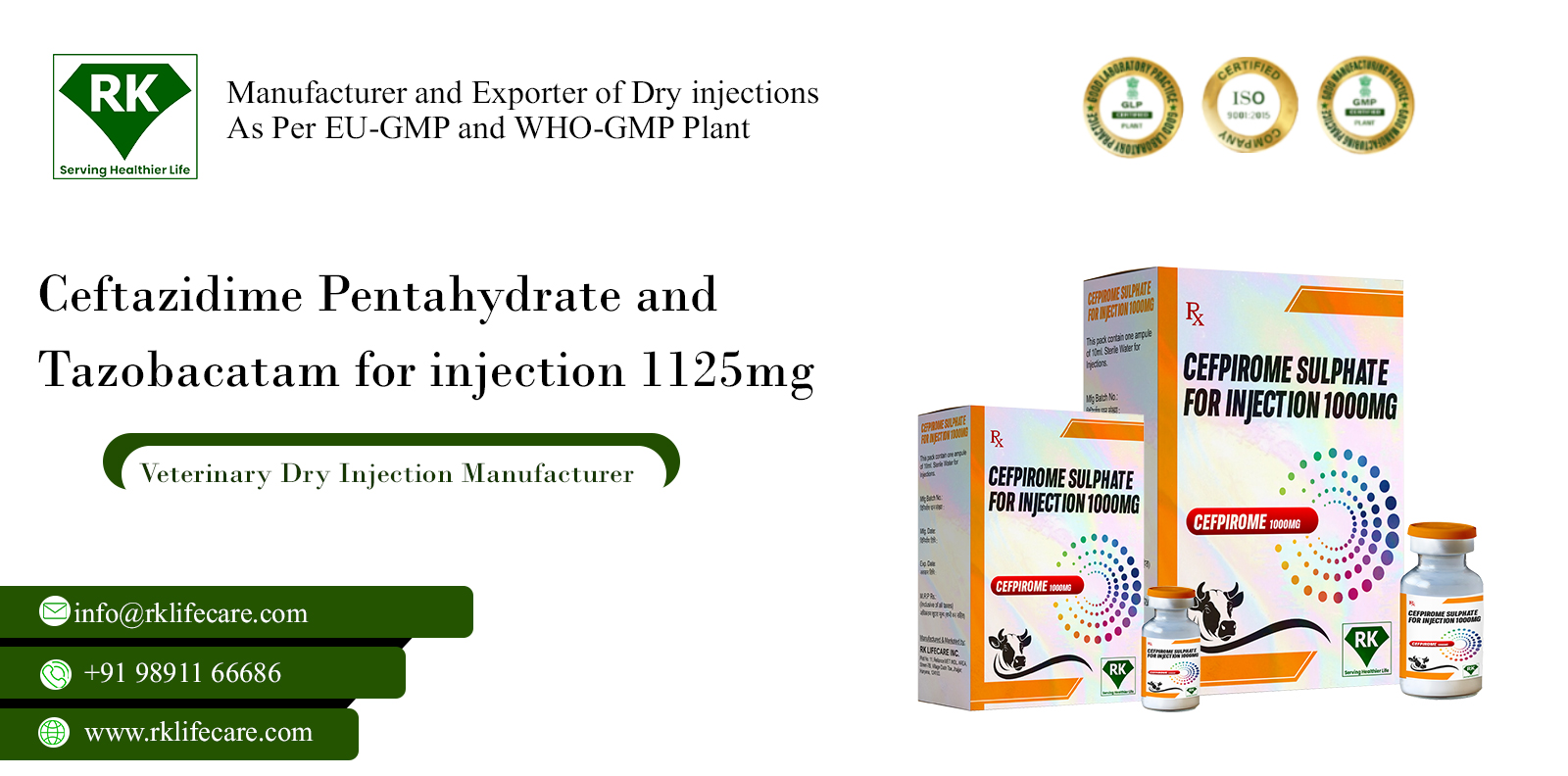
03 Nov 2025
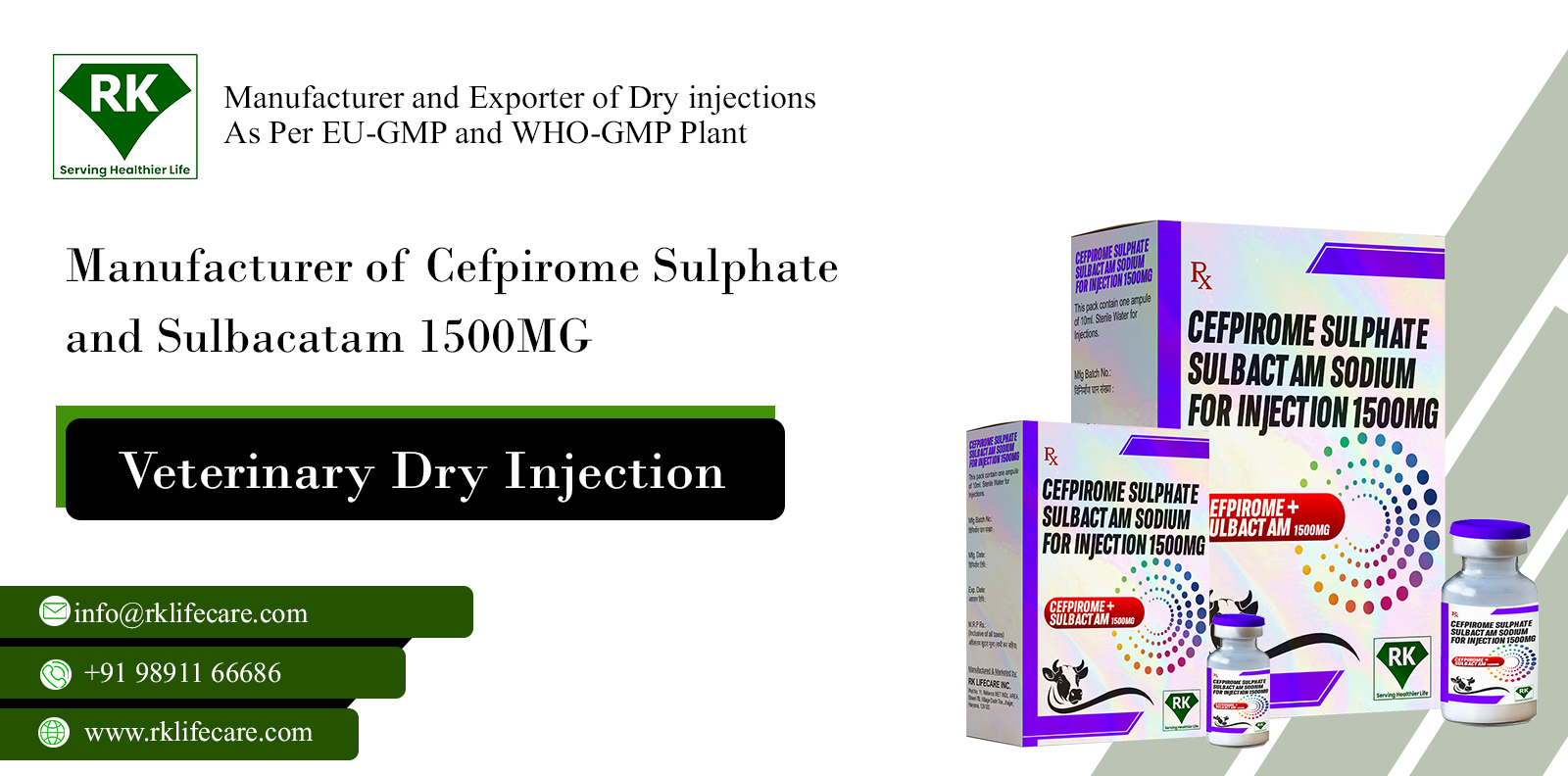
31 Oct 2025
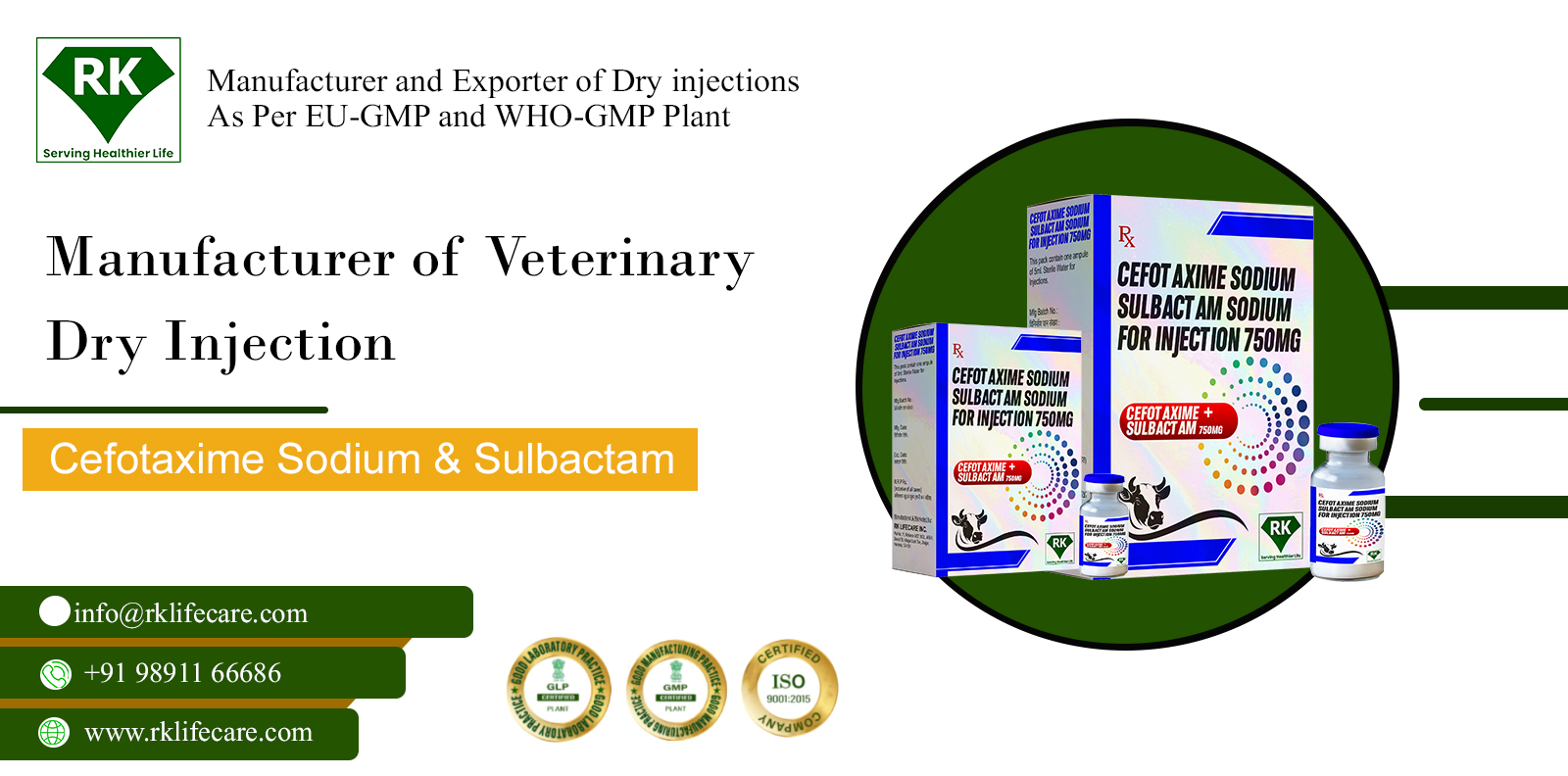
30 Oct 2025
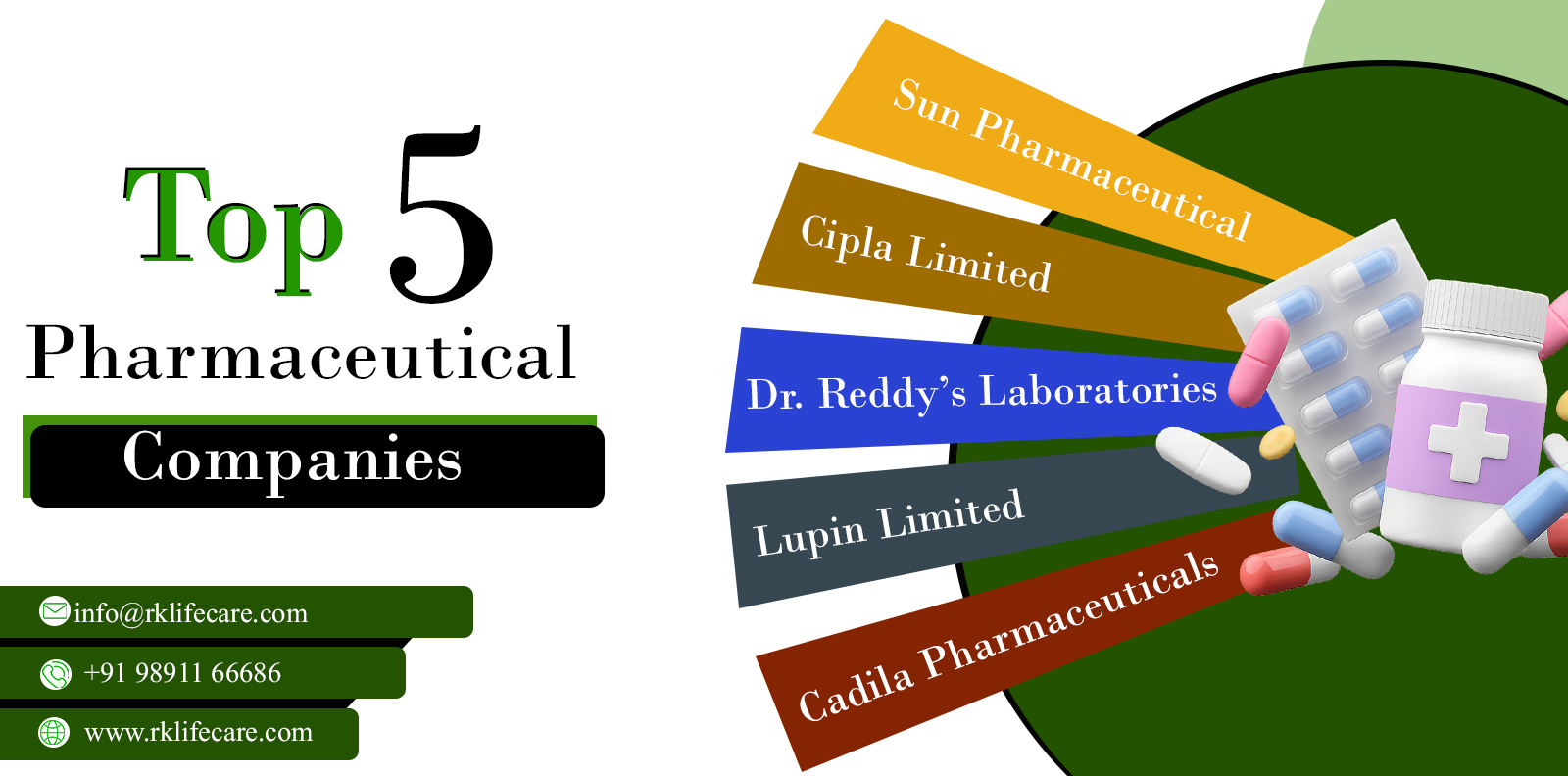
29 Oct 2025
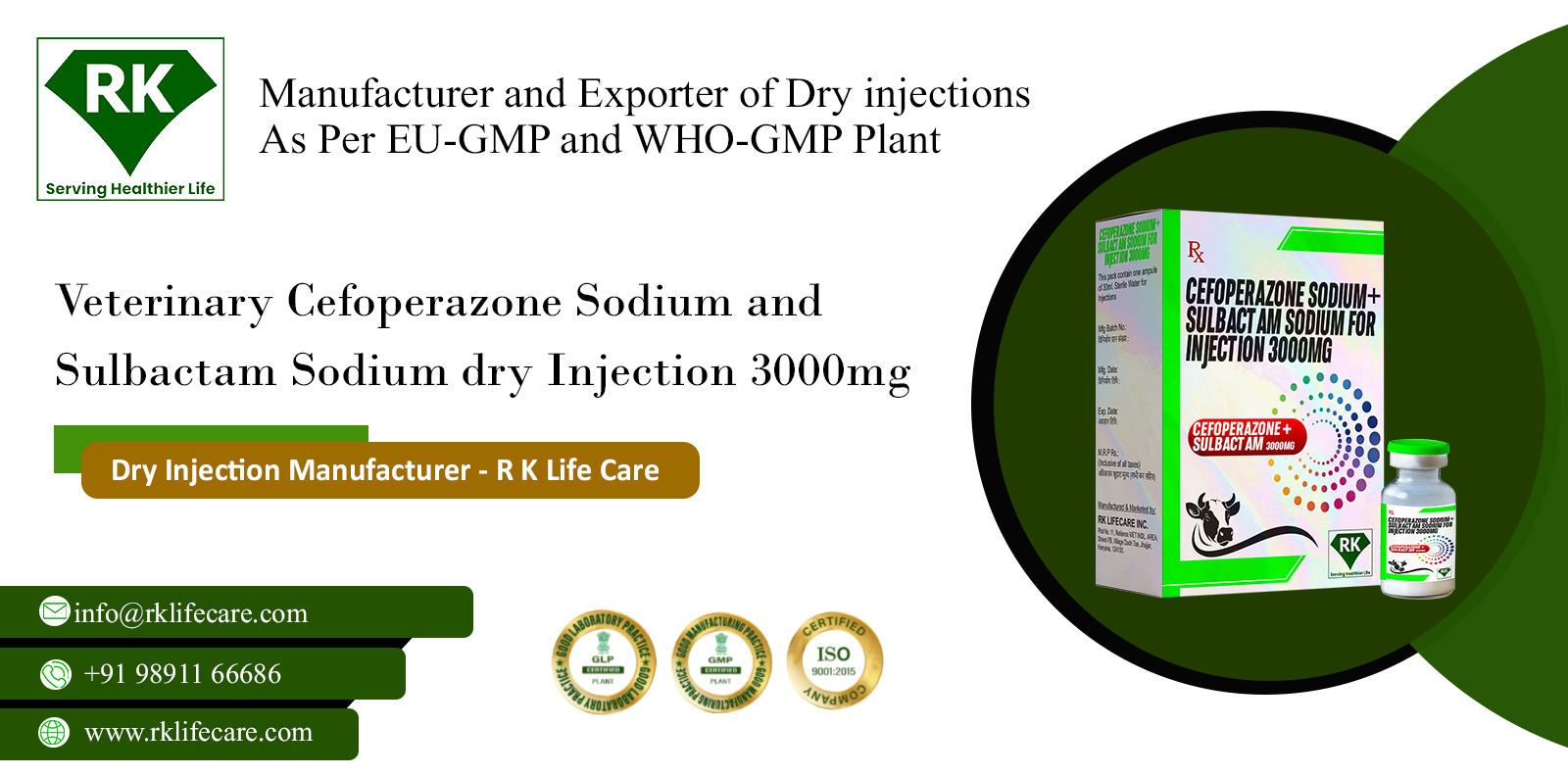
29 Oct 2025